What is digital transformation in agriculture?
Digital transformation in agriculture is the process of applying digital technologies to all traditional agricultural activities, from production to processing, distribution and consumption. The goal of digital transformation in agriculture is to improve productivity, quality, efficiency and competitiveness of the agricultural sector. Digital transformation in agriculture includes the use of information technology, sensors, artificial intelligence (AI), machine learning, Internet of Things (IoT) ,...
Applications of digital transformation in agriculture can include collecting data from sensors to monitor and manage crops, soil moisture, air quality, and livestock health. Blockchain technology can also be used to track provenance and manage supply chains in agriculture.
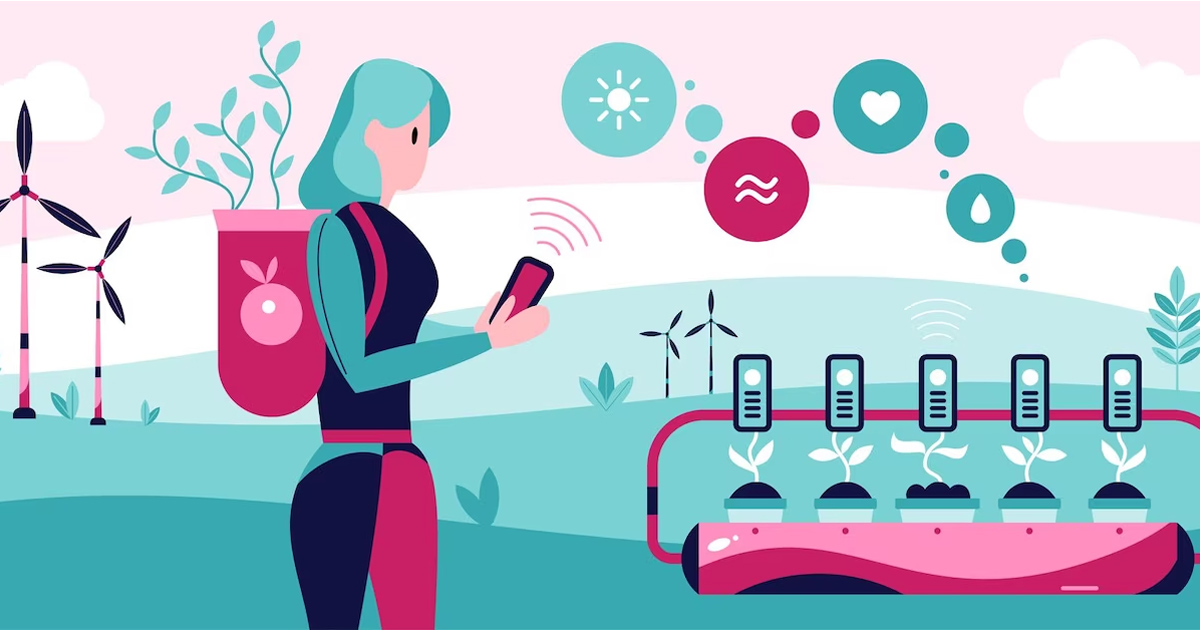
Current status of digital transformation in agriculture
In the “National Digital Transformation Program to 2025, with a vision to 2030”, agriculture is considered one of the eight priority areas in the digital transformation process . Although this process has achieved certain successes, there are still many challenges such as low mechanization, lack of technology, and farming and production activities that are still based on farmers’ experience.
According to the General Statistics Office , Vietnam has more than 9,000 agricultural, forestry and fishery production units as of July 1, 2020. Of these, there are more than 9,108,000 households; 7,418 cooperatives; 7,471 enterprises. These are all units that will directly participate in agricultural digital transformation. The current status of agricultural digital transformation in the following areas:
In animal husbandry
Large-scale livestock farms today have been applying technologies such as blockchain, IOT, biotechnology, along with modern management models, replacing humans, which helps to save maximum resources.
For example, using Blockchain technology to track the origin and manage the supply chain in agriculture. Through this system, consumers can look up information about the origin, production process and quality of livestock products.
In farming
In the field of cultivation, applying Big data to technology products such as environmental data analysis software, plant classification, plant growth monitoring, etc. This helps consumers easily access parameters to grasp specific information about the products they are using.
Or IoT devices such as sensors, cameras, and automatic control devices can be connected and collect data to help monitor and automatically control activities such as watering, lighting management, and environmental temperature control.
In the aquaculture and fishing industry
In the field of aquaculture and fishing, the application of biotechnology to select and breed good breeds with high productivity, disease resistance, ability to withstand harsh environments, ... or sea cage farming technology, nanotechnology, cold water fish farming.
For example, using sensors to monitor important factors such as water quality, temperature, oxygen levels, and fish density in the pond. Data from these sensors can be collected and analyzed to make decisions about watering, feeding, and adjusting the farming environment.
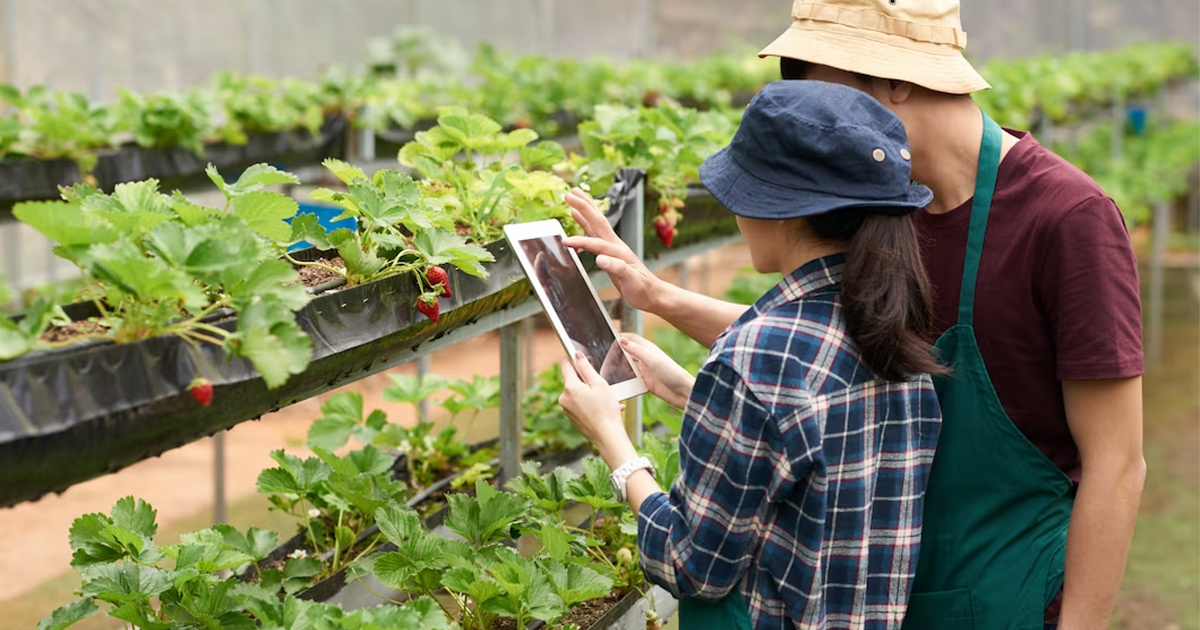
The role of digital transformation in agriculture
Minimizing damage caused by climate change
Digital technology can be used to collect, analyze, and forecast weather and climate information. Accurate weather and climate forecasts can help farmers determine the best times to plant, harvest, and tend crops. Additionally, climate modeling can provide information about climate trends and changes so farmers can adjust their plans and develop response measures.
In addition, digital technologies also help farmers install monitoring and early warning systems on crop health, disease spread, and the impact of environmental factors such as temperature and humidity. Farmers can receive early notification of potential problems and take timely preventive measures or interventions to minimize damage.
Helping farmers connect directly with consumers
Blockchain technology and geographic information systems (GIS) can be used to create a traceability system. Through this, farmers can provide information about the origin and production process of agricultural products. Consumers scan QR codes or search the system to see detailed information about the product, ensuring that they know its quality and origin.
Digital transformation also provides channels for communication and feedback between farmers and consumers. Online platforms allow consumers to send feedback, ask questions and receive information from farmers. In turn, farmers can provide product information, receive feedback and create direct relationships with consumers without going through middlemen.
Save time and resources
Modern agricultural machinery and equipment can perform many tasks automatically, helping farmers save time and effort. For example, tractors can plow and harrow automatically, and harvesters help harvest crops quickly and conveniently.
Digital transformation also provides smart agricultural management systems, allowing farmers to manage and monitor operations remotely. Including tracking weather information, irrigation systems. This helps them save time and resources by optimizing farm management and responding promptly to problems quickly.
Improve labor productivity
Smart assistants can automate labor processes such as planting, harvesting, and tending crops. Using automated machines and robots in agricultural work also reduces labor and increases efficiency. For example, automated planting systems can accurately locate planting locations and save time compared to manual planting.
Digital transformation in agriculture provides smart tools and devices equipped with sensors, which significantly increase labor productivity. For example, soil sensors can measure soil moisture, pH, and nutrients so farmers know exactly what to add.
Improve product quality
Technologies applied in digital transformation of agriculture allow farmers to collect and manage data related to agricultural production. This data includes information on weather, nutrition, fertilizer and pesticide use, and crop care. From here, they can analyze and evaluate the quality of agricultural products, such as nutrient concentration, preservative content, and pollutants. This helps farmers control and improve the quality of agricultural products.
By using QR codes, barcodes or blockchain technology, consumers can easily trace information about the origin, growing methods, fertilizer and pesticide use of products. This helps to increase the reliability of agricultural products, meeting the increasing requirements of consumers for safety and quality.
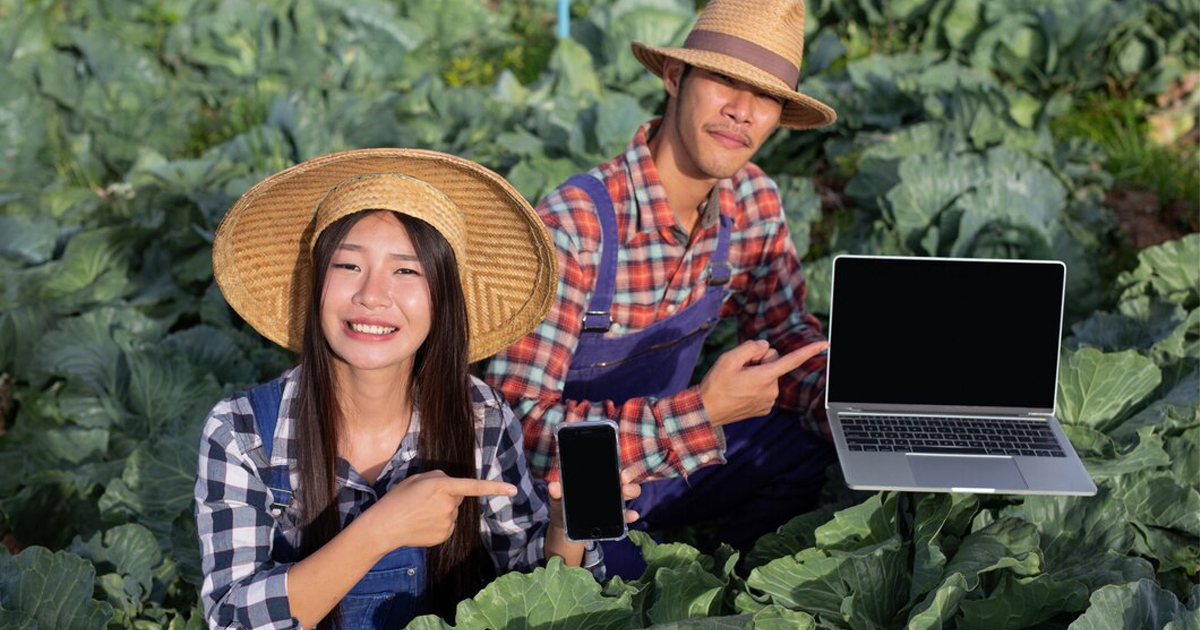
Activities in digital transformation of agriculture
Applying modern technology in agricultural production
IoT and sensors
IoT is used by many countries around the world to track information and images of livestock and crops. Although IoT has not been widely applied in Vietnam, it is considered an important trend in the 4.0 technology revolution.
Smart sensors can be installed around the field and combined with image recognition technology, providing crop information and images to farmers from anywhere in the world. This gives them the ability to track and monitor crops accurately and in a timely manner.
Furthermore, the system also connects to automated devices installed in the field, such as irrigation and nutrient supply systems for crops based on human control. Sensors in this system will send real-time updates, helping farmers make adjustments and changes according to crop conditions.
Machine learning and analytics
Along with the application of IoT and sensors, farmers can also apply machine learning and data analysis to optimize production activities. Machine learning and analysis technology is considered one of the most innovative digital technologies in the agricultural sector.
It allows farmers to tap into existing data to predict future trends. Using data on local production and climate, machine learning algorithms can predict the best traits and genetic factors for crops. Furthermore, the technology has the ability to predict the development of products on the market, thereby helping farmers choose the right crops to grow.
Crop monitoring drones
A drone is a small, aircraft-like device that can be controlled remotely. It can:
Crop Monitoring : Collect information about crop health and growth from a high-level perspective. Gives farmers an overview of their fields and can detect problems such as diseases, pests or water shortages early.
Spraying pesticides: Helps save time and effort compared to using traditional methods. It can spray pesticides accurately and evenly over large areas, ensuring good protection for crops from pests and harmful insects.
3D image output and soil analysis : Using technologies such as LiDAR sensors or multispectral cameras, it can collect detailed data on soil characteristics, moisture, crop density and their growth. Through data analysis, farmers can assess soil quality, make decisions about fertilizer adjustments and optimize farming processes.
Farming and robotics
The combination of robotics and artificial intelligence (AI) in agriculture will bring better productivity and increased yields. Some companies are now experimenting with using lasers and cameras to guide robots in identifying and weeding. This increases efficiency and reduces labor in the process of tending crops.
In addition, many other companies are also developing plant-planting robots. Using these robots helps optimize the positioning and placement of plants, ensuring uniformity and accuracy.
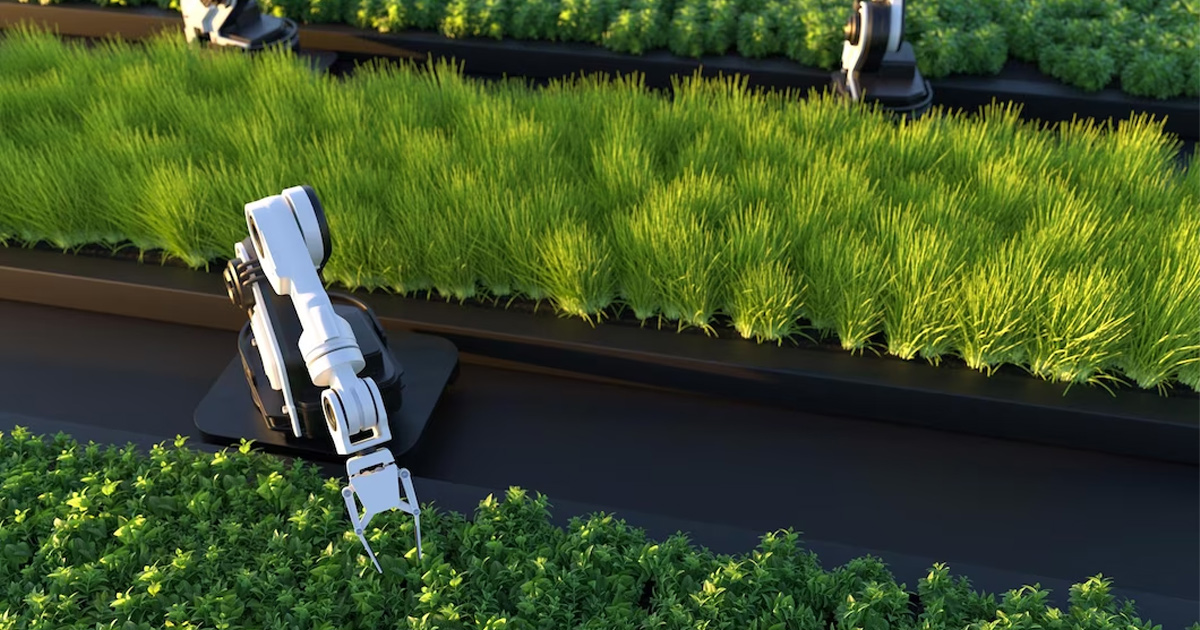
Linking the agricultural ecosystem value chain
The agricultural digital transformation ecosystem requires interaction and cooperation between different components. The technology solution development center or knowledge production enterprise plays a key role in creating new solutions, but to continue to develop, this center needs the contribution of other components. Interaction and support between components in the agricultural ecosystem ensure common development and progress.
At the same time, value chain linkage is also the connection between:
Farmers, businesses and markets
Farmers, businesses, state management agencies and markets
Changing management methods in agriculture
In the digital transformation of agriculture, not only is technology applied in the production and farming process, but businesses also pay special attention to digital transformation in business administration. Prioritizing digital transformation in business administration helps increase operational efficiency, optimize costs and improve productivity.
The digitalization of the entire process, from production and harvesting to warehousing and distribution, is creating a better communication environment between stakeholders in the agricultural system. Digitalization also provides visibility along the supply chain to different actors, thereby making the process more transparent and efficient.
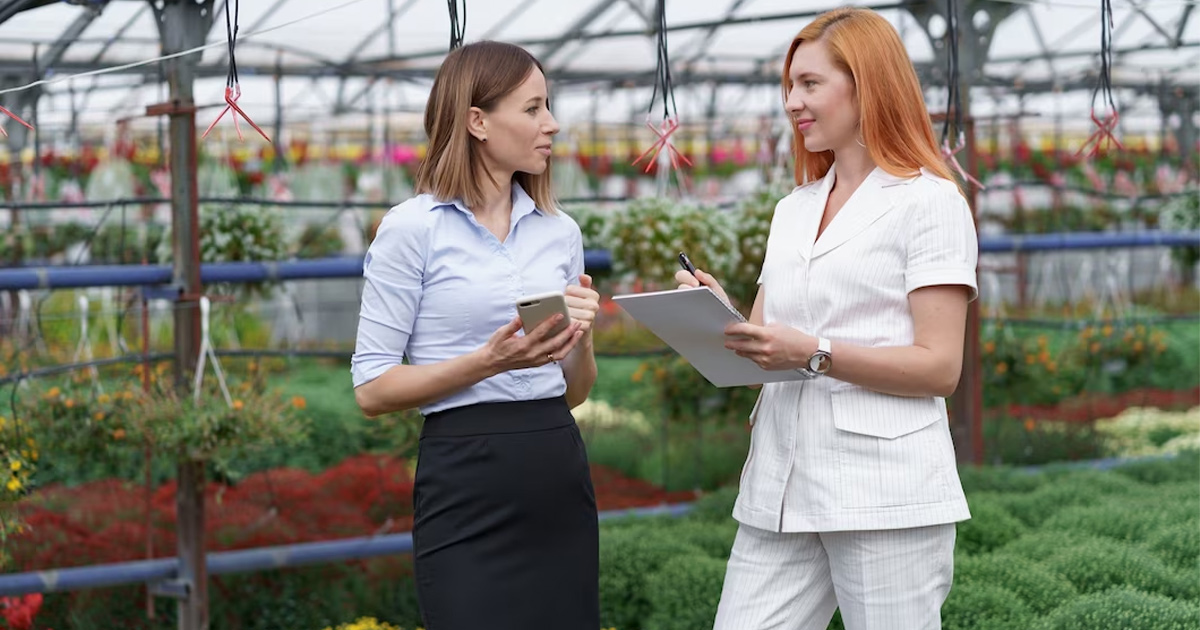
Challenges of digital transformation in agriculture
Initial investment costs
Digital transformation in agriculture requires investment in technology infrastructure, sensors and software systems. The initial cost can be a challenge for many farmers, especially in small agricultural areas and less developed infrastructure.
Training and technology knowledge
To implement digital transformation in agriculture, farmers need knowledge and skills in technology and data management. Training and raising technology awareness is a challenge, especially for traditional farmers who are not familiar with digital technology.
Data management and security
Huge amounts of data are generated from sensors and digital transformation systems in agriculture. Data management and security is a major challenge, ensuring that important information is not leaked or misused.
Network connectivity and infrastructure
To implement digital transformation in agriculture, having reliable internet connection and network infrastructure is very important. However, in some rural and remote mountainous areas, access to internet and network infrastructure is still limited, making the implementation of digital transformation much more difficult.
Cultural and Attitude Shift
To successfully implement digital transformation, farmers and the agricultural community need to accept and adapt to new technologies. Cultural and attitudinal change can be a challenge, especially when many farmers still adhere to traditional methods and rely on personal experience.
Technology Cancer
Technology is evolving rapidly and changing constantly. This can create challenges in selecting the right technology, ensuring compatibility and scalability of digital transformation systems in agriculture.

Digital transformation solutions in agriculture
Digital transformation in agriculture is becoming an important trend to increase productivity, improve management and create a sustainable agricultural ecosystem. Some popular digital transformation solutions in the agricultural sector include:
Improve the quality of human resources
Encourage HUMAN RESOURCES Young people participate in digital transformation in agriculture
Training digital transformation experts to propose, direct, and implement agricultural digital transformation policies
More popular in communication, and organize skill training courses for farmers
Connect with reputable organizations such as Farmers' Association and Women's Association to support each other in the process of applying complex technologies.
Invite farmers who have successfully implemented digital transformation to share their experiences with other farmers
Land
Strengthening the application of technological solutions in agricultural production
The Government and local authorities need to actively participate in linking and transferring land between businesses and farmers.
Investment
Simplify cumbersome processes and procedures, and at the same time strengthen the implementation of granting certificates of land use rights and assets on agricultural land.
Recognition of mortgaged assets for production assets such as greenhouses, ponds, etc.
Proposing policies to attract foreign corporations to invest FDI capital in projects in the digital transformation of agriculture in Vietnam
Support farmers in planning BUSINESS professional
Building a database
Encourage people to change their habit of recording farming and livestock diaries to electronic diaries, through training and guiding farmers to participate in the production diary model.
Focus on building big data systems, focusing on land for growing fruit trees, rice, forest land, livestock and aquaculture.
Competent authorities need to compile detailed statistics on important data relevant to their scope of management.
Design of integrated aerial and ground surveillance and monitoring network for agricultural activities.
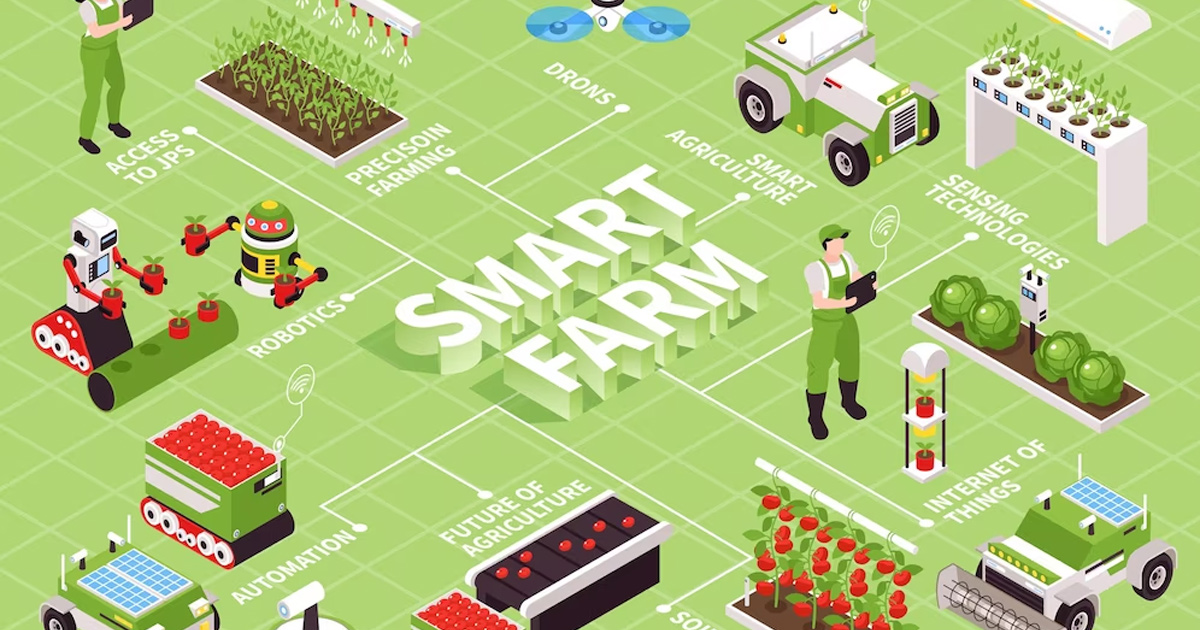
Blockchain in digital transformation of agriculture
Blockchain is a new technology that has the potential to bring many benefits to the agricultural sector. It is a distributed, decentralized database technology that can store and secure information in a safe and transparent manner. Blockchain can be applied in many fields, including agriculture.
Applications of blockchain in agriculture
Traceability: Blockchain can be used to trace the origin of food, thereby helping consumers to grasp information about the product, including origin, production, transportation, storage, and processing.
Quality Monitoring: Blockchain can be used to monitor the quality of food, thereby helping to ensure food quality and food safety.
Boosting e-commerce: Blockchain can be used to boost e-commerce in the agricultural sector, making it easier for farmers to access global markets.
Enhanced Collaboration: Blockchain can be used to enhance collaboration between parties involved in the agricultural supply chain, thereby improving production and business efficiency.
Blockchain application model in agriculture
AgriTrace: AgriTrace is a blockchain platform developed by agricultural company IBM, which helps trace the origin and monitor the quality of food.
IBM Food Trust: IBM Food Trust is another blockchain platform developed by IBM that helps trace food from farm to fork.
Provenance: Provenance is a blockchain platform that helps trace the origin of organic agricultural products.
FarmChain: FarmChain is a blockchain platform that connects agricultural producers with retailers and consumers.
The potential of blockchain in agriculture
Blockchain has the potential to bring many benefits to the agricultural sector, including:
Increased transparency and trust: Blockchain helps ensure transparency and trust in the agricultural supply chain, thereby helping consumers feel secure about the quality and origin of food.
Increased efficiency: Blockchain helps improve production and business efficiency in the agricultural sector, thereby reducing costs and increasing profits.
Promoting sustainable development: Blockchain helps promote sustainable development in the agricultural sector, thereby protecting the environment and human health.
Digital transformation in agriculture is a long-term process and requires the participation of many parties, including the Government, businesses and farmers. Accordingly, the Government needs to have support policies to encourage businesses to invest in agricultural technology. Businesses need to develop technology solutions that suit the needs of farmers. Farmers need to proactively learn and apply new technologies to improve productivity and production efficiency.
Digital transformation in agriculture is an inevitable trend in the era of technology 4.0. Thanks to digital transformation, the agricultural sector can improve productivity and quality, while helping farmers save time and resources.
+84 383805538
Level 14, 28 Freshwater Place,Southbank, Vic, 3006,Australia